The traditional form of a glamorous Persian wedding is a childhood dream. The music that was played in the air was the messenger of happiness. People used to throw a party for seven days and nights. The whole family and relatives gathered around, wearing their most elegant local clothes, and helped the couple’s family to throw a party. Children had the best days of their lives during a wedding because they had lots of time to see all their friends and cousins at once and play as long as they wanted.
Women cleaned rice, grains, and herbs for the meals while men decorated the neighborhood and prepared the meat and firewood.
There are several major traditions for the bride and groom and their families to follow, so fasten your seat belts since we are going through all of them.
Table of Contents
Khastegari
The first step of Persian weddings is the Khastegari ceremony, in which the suitor and his family go to the potential bride’s house to meet her.
In the past, the boy’s family searched for a girl who reached their expectations and asked her family’s permission to ask her hand in a small gathering. Khastegari was a meeting for two families, especially the boy and the girl to get to meet each other. However, in most parts of Iran, especially bigger cities, this ceremony is more symbolic now because the couple usually know each other for a while, and they throw the Khastegari ceremony to make their relationship official.
It is essential to invite the elders of each family to the ceremony to use their wisdom and experience.
For this ceremony, the suitor should buy flowers and sweets as gifts for the girl and her family. Traditionally, the potential bride was supposed to appear by offering tea to everyone. The boy and girl could talk alone to find out what they have in common. Also, the bride’s family asks questions to make sure they find an eligible son-in-law. The day after the ceremony, the suitor’s family calls the girl’s to know if she will accept their son as her husband. If she does, they go to the next step, which is Baleh Boroon.
Baleh Boroon
In this ceremony, the groom’s family goes to the bride’s house bringing flowers, sweets and a piece of gold, usually a necklace or a ring called Neshan to show that the relationship is official. The two families talk about their traditions like determining the Mehrieh or the gift of love which is the amount of money that the groom must give to the bride. Mehrieh is a controversial topic since many open-minded people believe that this tradition puts the groom in a difficult situation and at the same time, objectifies the bride. After these traditions, they set a date for the engagement ceremony.
How Is The Persian Engagement Ceremony?
In this step, the couples announce their decision to get married to everyone by gathering a party.
The bride’s family is responsible for hosting the party based on their preferences.
In the past, the couple and their families used the time between engagement and wedding to get to know each other because a third person used to introduce the girl to the boy’s family. Today, this ceremony is more symbolic since they know each other, but they use this opportunity to be sure about their decision before signing the marriage contract or Aghd.
In this ceremony which is more of a party, relatives show their happiness by dancing and singing traditional music.
In some cultures, the bride and groom exchange their rings; however, in others, only the groom’s family gives jewelry to the bride.
Shopping for the Persian Wedding
Traditionally, the bride and groom used to go shopping with their families. In Persian culture, the bride must shop for the groom and vice versa. This shopping includes buying rings, jewelry, casual clothes, a wedding dress, suits, a mirror, and candlesticks.
In Iran, the groom’s family is responsible for buying or renting a house while the bride’s family needs to furnish it completely. This furniture is called Jahiziye; however, today, young couples try to be independent and start their life together with basics without asking their family to help them, but Iranian families feel responsible for preparing everything they can for their children.
Aghd: Making the Marriage Official
Aghd is a legal and religious contract between two people who want to get married, but the way they sign this contract depends on their religion. No matter what they believe in, there are some beautiful Persian traditions that everyone follows.
There is a big white Wedding Spread or Sofreyeh Aghd in front of the couple, including different foods and decorations, each with a meaning behind it.
Iranians decorate the spread with different types of nuts such as almond, hazelnut, walnut, and pistachio along with bread and rock candy to symbolize livelihood and wealth for the young couple. Having Rosewater or Golab is important since it has a significant place in Persian culture, which is a symbol of blessing.
By putting decorated eggs on the spread, people wish for fertility and children for the couple.
Also, in some parts of Iran, they use one cup of honey and one cup of yogurt as well to represent that life has sweet and sour moments combined. After the couple got married, they should dip their little finger in the cups and feed them to each other.
In most of the cities in Iran, the families prepare feta cheese and greens sandwiches for the guests as a symbol of blessing.
An essential part of the wedding spread is the mirror and candlesticks. The mirror and candlesticks symbolize brightness; therefore, they put them in the spread for the bride to see her husband’s face as the first thing she looks at. The bride’s face is covered with a veil, and the groom must remove it from his wife’s face.
While an elderly or clergy is marrying the couple, two unmarried girls stand next to the bride and groom, holding a scarf made of silk over their heads. A married girl grounds two sugar cones softly together above the silk to represent happiness. When the marriage contract is complete, and the couple exchanged the ring, the guests show their joy by ululation or “Kel Zadan.”
Usually, the couple’s families give their gifts which are mostly money or jewelry to the bride and groom and wish them a long, happy marriage.
Depending on the culture, some families do the Aghd a few years before the marriage ceremony; however, others do it on the exact day of the Persian wedding party.
Hana Bandan
The evening before the Persian wedding ceremony, Iranians throw a Henna Bridal Party.
This ritual goes back to hundred years ago since Iranians always considered Lawsonia or Henna a sacred herb that grows in paradise, so using it in the special ceremony of marriage was a symbol of luck.
On this night, the groom’s family prepares and decorates henna paste and brings it to the bride’s house with music and dance. Usually, an old member of the family applies henna to the bride’s and groom’s palms and asks them to hold each other’s hands to have a colorful happy life. Then they can apply henna to their feet as well; however, it is not common anymore. After less than an hour their skin will be colored by henna.
Then, guests give some money to the couple as a gift which is called “Shabash,” and the family members apply henna to their hands as well. The ceremony continues with dancing and singing traditional music.
The Wedding Party
The wedding day or the day of Aroosi is the busiest day for two families. The bride goes to a beauty salon early in the morning to get her face and hair done while the groom dresses up for the wedding and takes his car to a flower shop to be decorated and get a bouquet for the bride. Then he will pick the bride up from the beauty salon and go to the party which can be held in a house, garden or a salon. A photographer accompanies the couple through the whole process to capture every frame of their biggest day.
Entering the party, guests welcome the bride and groom by clapping hands and ululating. The party continues until after midnight with dancing, eating sweets and dinner.
The wedding dinner is mainly lamb and chicken Kebab with rice, but the families can serve the food they want.
Patakhti
Pataki is like a bridal shower but after the wedding. The day after the wedding party, the guests usually gather in the groom’s family house to give their presents to the couple. In some cultures, guests gather in the new bride’s place to see her furniture and home as well.
This ceremony is an opportunity for everyone to socialize with one another and have fun. Dancing with music is a big part of Patakhti.
Pagosha
The last Persian wedding tradition is Pagosha which is a small dinner party held by relatives to officially invite the young couple to their house for the first time after the wedding. The host usually gives a present to the couple and wishes them a happy life. This present can be money, gold coin or furniture.
Interesting Persian Weddings Traditions in Different Parts of Iran
- Bakhtiari people have a tradition in which the bride is riding a horse with a scarf on her head and face. Sometimes the groom himself or a young man from the bride’s tribe steals the scarf. Others must do their best to get the scarf, but if the stealer is able to keep it for the rest of the day, he would be so honored.
- In Gilan, some of the people believe that they should tie a hen and a rooster’s feet together as a symbol of blessing and give it to the married couple. Then, they would bring them to their new home and untie them. The birds will live with the couple in their house and bring them happiness.
In Shiraz, nomads have their special dance and songs for weddings. Women wear colorful and shiny dresses and dance with two little handkerchiefs in each hand. Meanwhile, men have their special dance/game in which they use two wood sticks and perform with them. You can watch this video on Youtube to see how beautifully women dance in their gorgeous dresses.
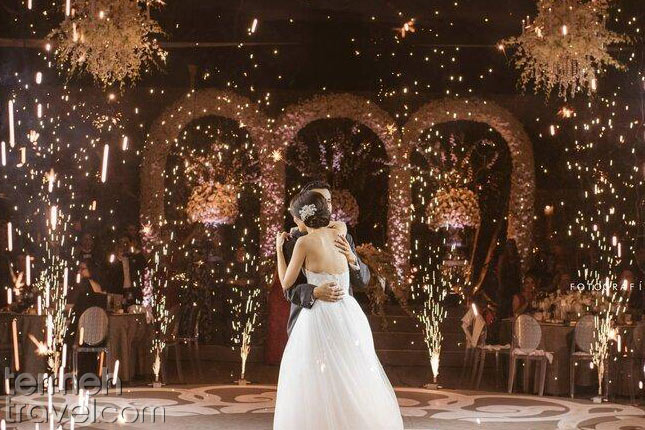
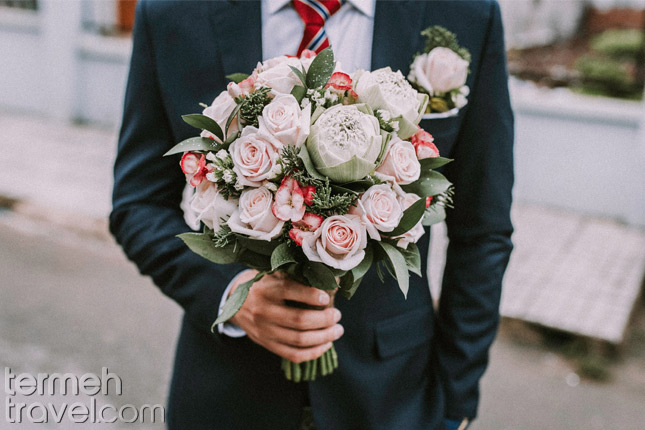
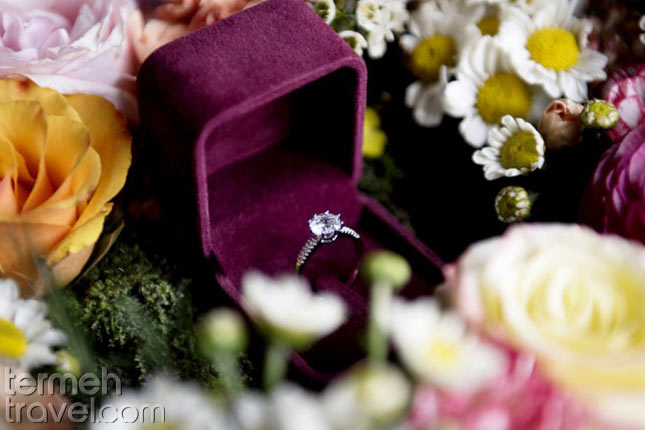
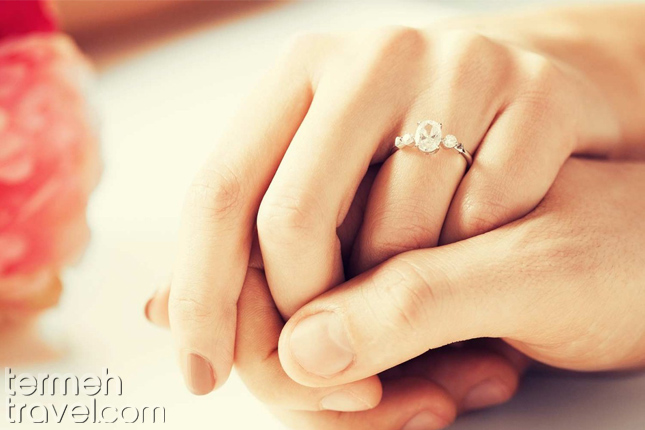

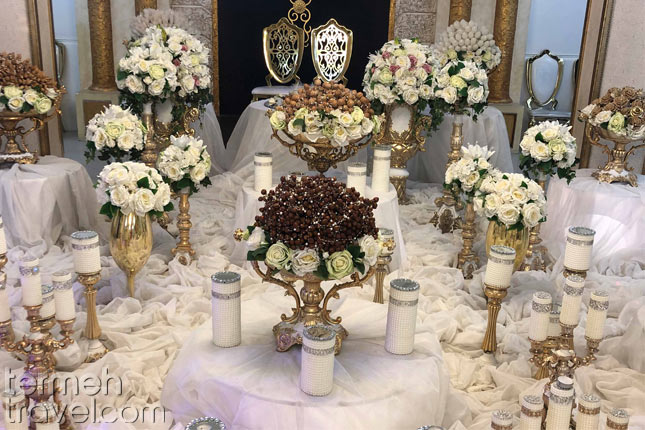
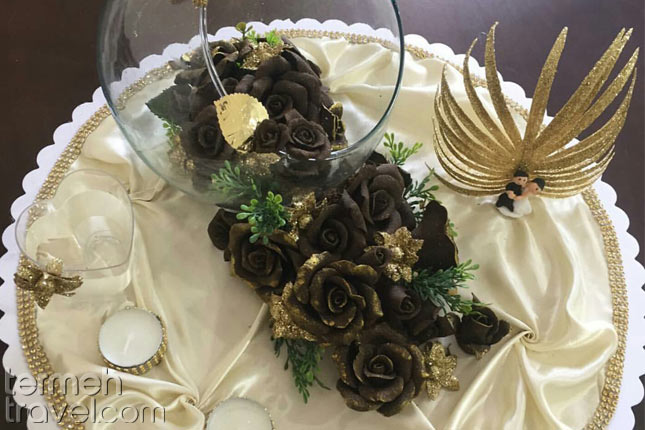

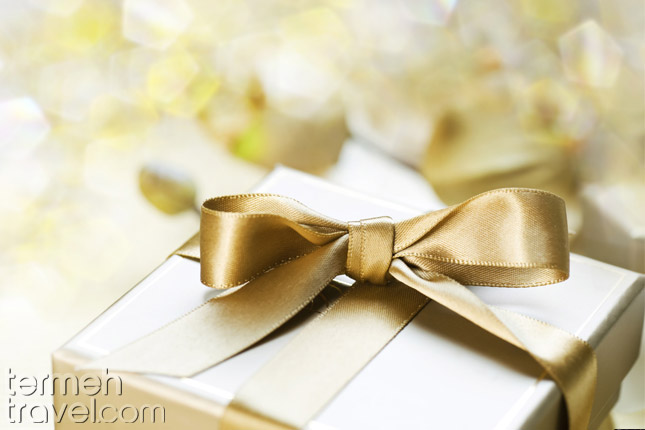
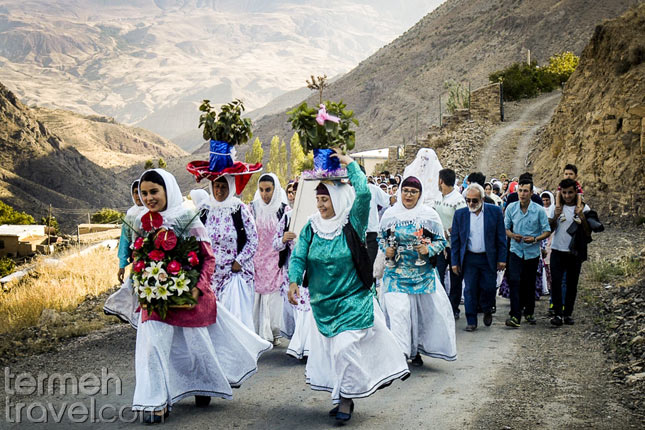
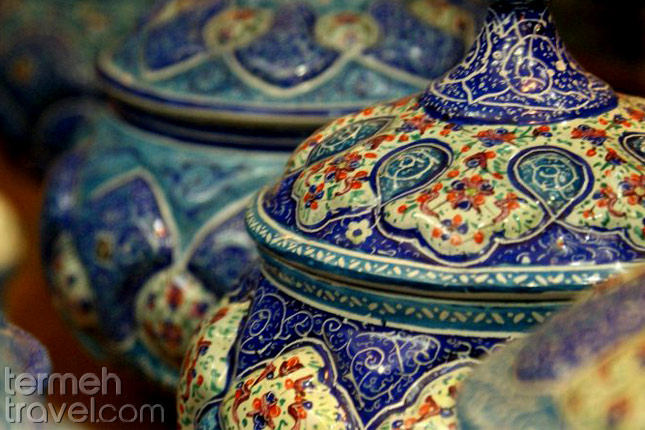
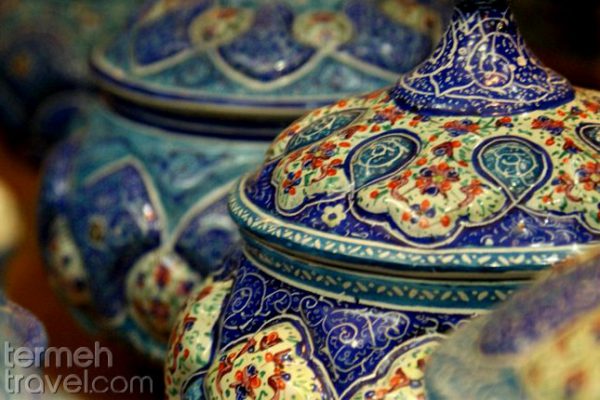
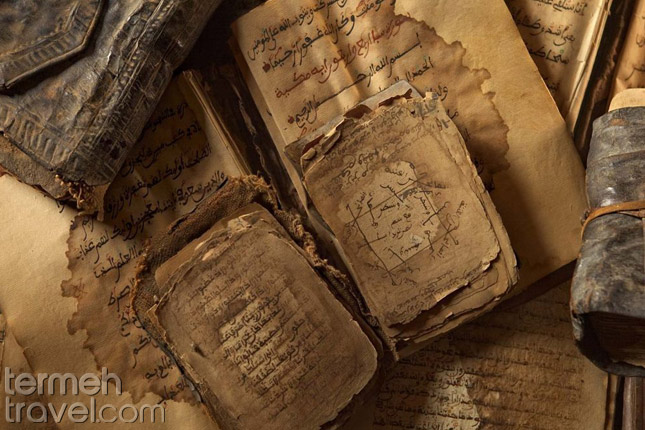
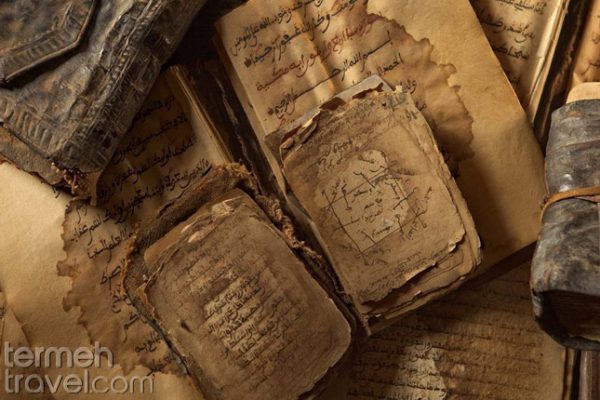


Leave a Comment